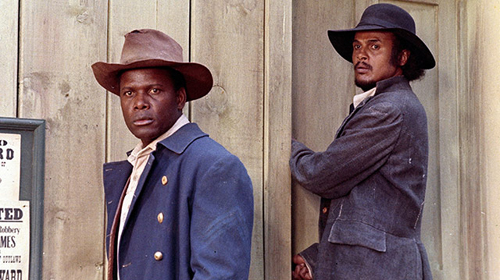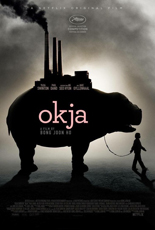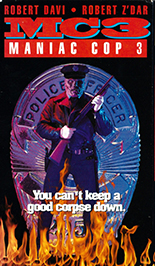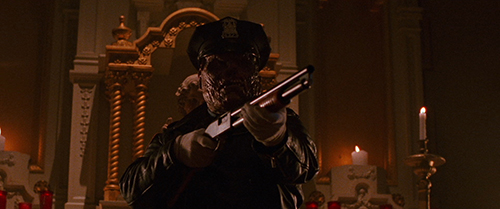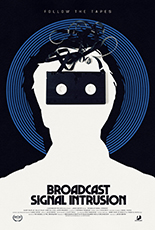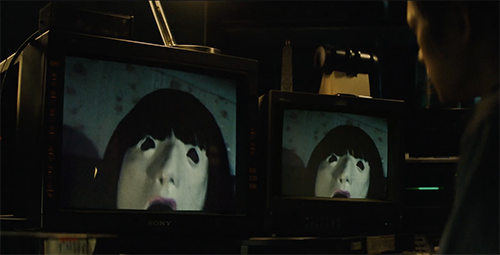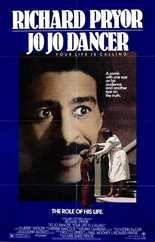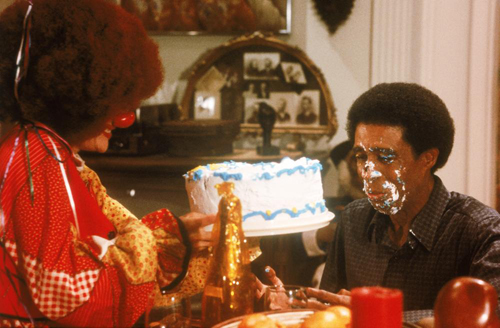
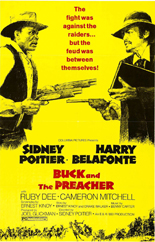 When I was recently hospitalized, I became a fan of the Western genre. It harks back to the time I watched them with my father was I was a kid. Sure, I was more drawn to the anti-hero type, but it was one of the only times I bonded with him. One of his favorites was the 1972’s Buck and the Preacher, respectively starring Sidney Poitier and Harry Belafonte in the title roles.
When I was recently hospitalized, I became a fan of the Western genre. It harks back to the time I watched them with my father was I was a kid. Sure, I was more drawn to the anti-hero type, but it was one of the only times I bonded with him. One of his favorites was the 1972’s Buck and the Preacher, respectively starring Sidney Poitier and Harry Belafonte in the title roles.
Having been through emancipation, slaves try for a better life during westward expansion. Buck (Poitier) is a wagon master, trying to take a party to the west. However, they cross paths with a cadre of dirty racists — creeping parties of white pissants who try to take them down, maiming and killing all. Buck teams with the Preacher (Belafonte), doling out two-fisted vengeance along the way, with help from an Indigenous tribe. Out of sight!
Poitier and Belafonte are a dynamite duo, giving a new spin on the slightly unmatched platonic couplings; despite being a gruff loner, Poitier is no-nonsense, trying to get these people to their new home, while Belafonte is a religious huckster who goes against type.
What I really like is the film’s score by jazz musician Benny Carter. His twanging riffs have a real lustrous sheen in the wah-wah category, giving the whole soundtrack a real chugging atmosphere. Much like the film, I can’t say enough about it. —Louis Fowler

